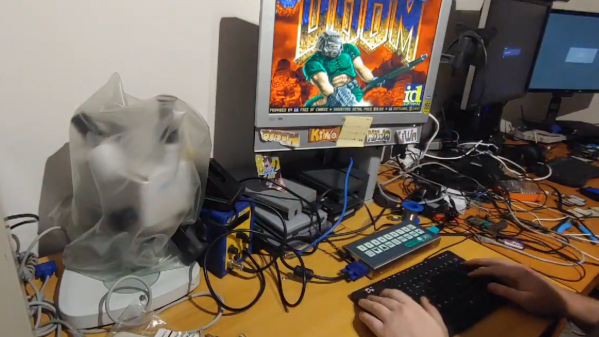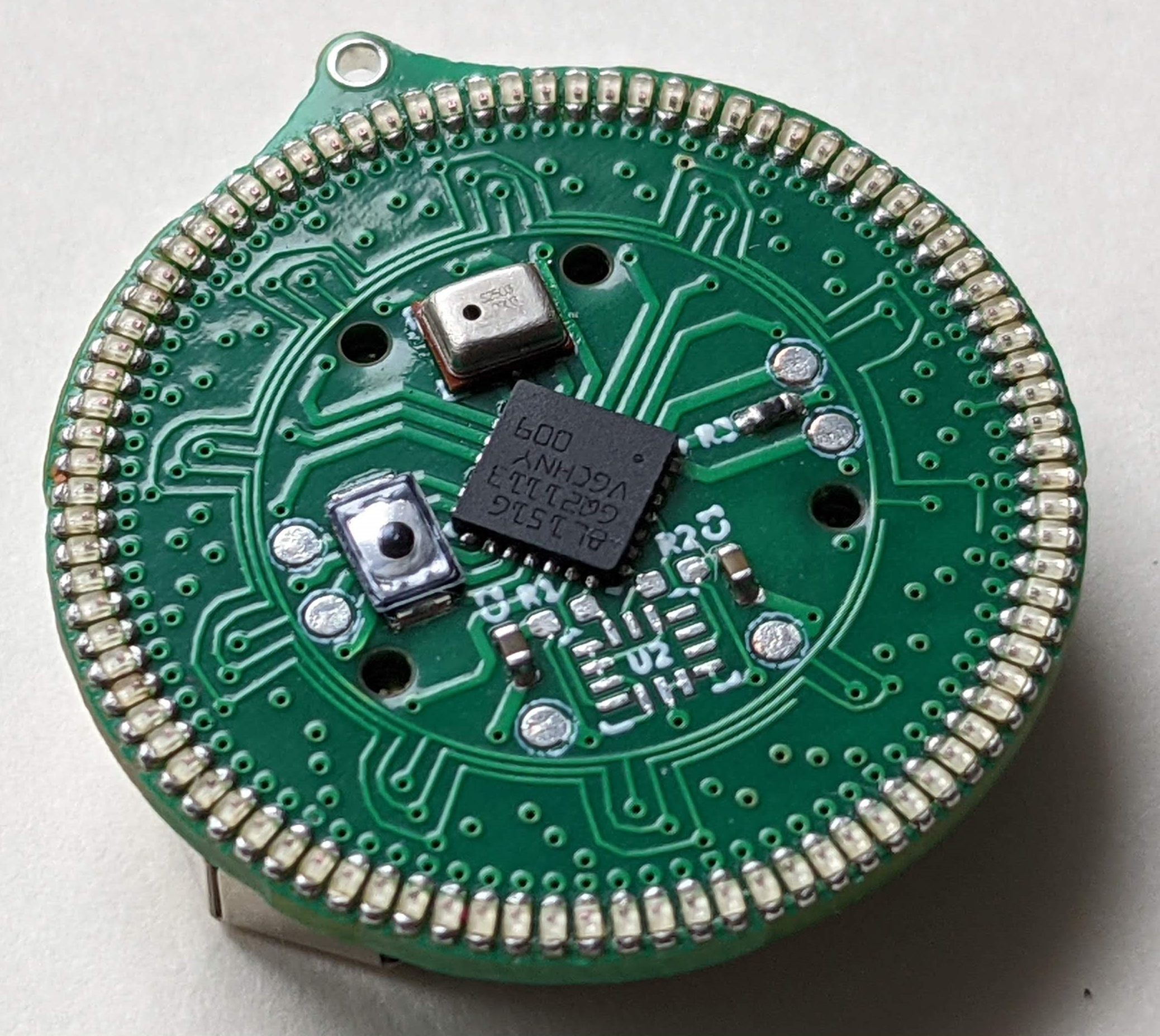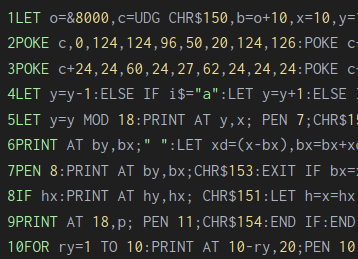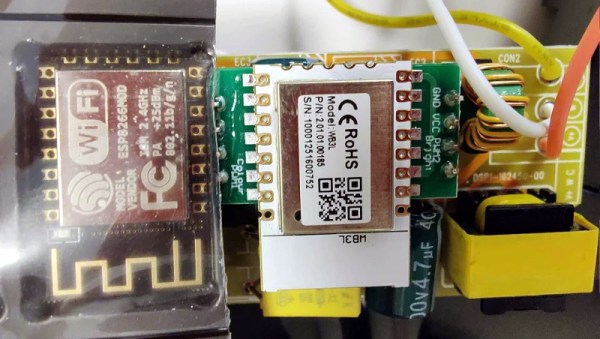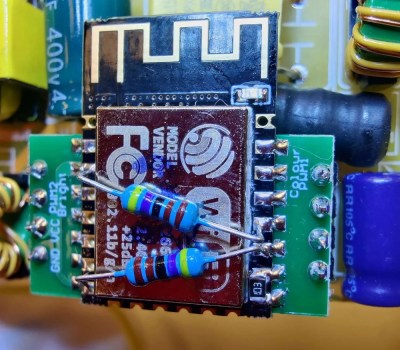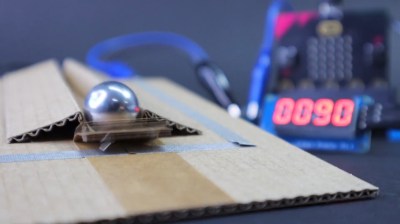[Wayne Venables], like many of us, found himself sitting more than usual the past few months. Armed with a Bluetooth-enabled under desk exercise bike, he quickly found the app to be rather sub-optimal and set about reverse-engineering the protocol of his bike.

The first step was to use some apps on his Android phone to reveal the profiles on the bike, which showed his particular machine used a Nordic Bluetooth UART. This meant the only work would be decoding the stream of bytes coming off the wireless serial port. Using Wireshark and Bluetooth logs on his phone, [Wayne] was able to correspond the various commands to points in the video. There were still a few bytes that he wasn’t able to identify, but [Wayne] had enough to whip up a quick .NET app that can start a workout and log it all to a database. The code for his app is on his GitHub.
While [Wayne] doesn’t specifically name the bike he uses in this project, we tracked down the image he shows on his writeup to the Exerpeutic 900e. It appears to be discontinued but the reverse engineering approach should be usable on a range of Bluetooth-connected machines. This isn’t the first bike we’ve seen liberated by reverse engineering here at Hackaday. And we have a feeling it won’t be the last.


